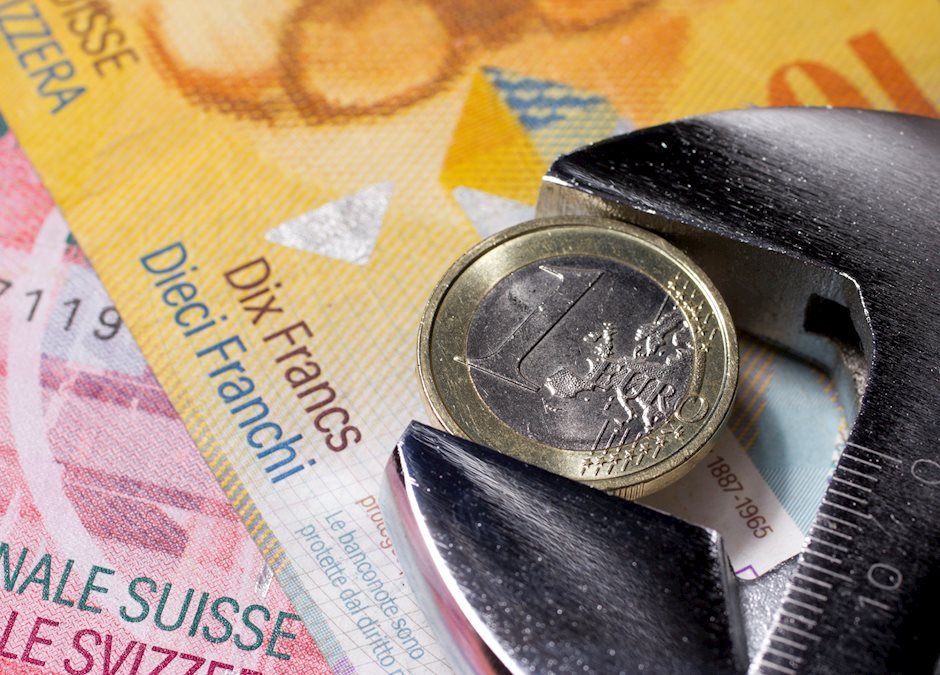Interest rate expectations weigh on the Euro

USD – Significantly stronger after weakness
From the beginning of the second half of the year until the end of September, the euro was able to strengthen against the US dollar. The driving force was the expectation of a faster and more significant easing of monetary policy by the US Federal Reserve than by the European Central Bank, which led to a narrowing of the USD interest rate advantage. However, the picture changed abruptly at the beginning of October. The US labor market data published was an extremely positive surprise. This led to expectations of the extent of the US interest rate cut cycle being reduced by half a percentage point, which manifested itself in a renewed increase in the USD interest rate advantage and consequently in an appreciating US dollar. However, we expect a noticeable weakening of the US economy and see weakness not only on the part of the eurozone. We therefore think that the euro has some upside potential. We see the risk of an appreciation of the US dollar in the event of an election victory for Donald Trump, which, due to the planned import tariffs, would have an inflationary effect. This would lead to a more restrictive US monetary policy and thus to a more attractive USD investment landscape.
JPY – Yen stabilizes after turbulence
A surprise interest rate hike by the Bank of Japan (BOJ) at the end of July, in conjunction with falling interest rate expectations in the US, led to an abrupt strengthening of the yen not only against the US dollar, but also against the euro. The unexpectedly sharp movement in the yen was likely due to a rapid unwinding of carry trades. The situation in the markets has calmed somewhat after the BOJ ruled out further interest rate hikes in the face of increased volatility. Recent statements by BOJ representatives continued to emphasize the decision not to raise interest rates, but left the door open for the central bank if inflation were to remain above the 2% target and GDP growth were to remain above potential. Due to the ECB's expected interest rate cuts, we expect the yen to strengthen slightly against the euro in the coming months.
CHF – Stronger amid interest rate cuts
Despite two interest rate cuts by the Swiss National Bank (SNB) since June, the CHF appreciated by 3% against the EUR in the second half of the year. This was due less to a strength in the Swiss economy than to the broad-based weakness in growth in the eurozone. The interest rate advantage of German Bunds over Swiss counterparts had narrowed, undermining the attractiveness of the euro against the franc. Even as the ECB is showing great determination to lower its key rates quickly, we think that the strength of the CHF went a bit too far given the development of the short-term interest rate differential. Furthermore, the SNB could be the first central bank to reach the 0%-mark next year, which does not yet appear to be priced in and could support a slight strengthening of EURCHF.
Author

Erste Bank Research Team
Erste Bank
At Erste Group we greatly value transparency. Our Investor Relations team strives to provide comprehensive information with frequent updates to ensure that the details on these pages are always current.

















